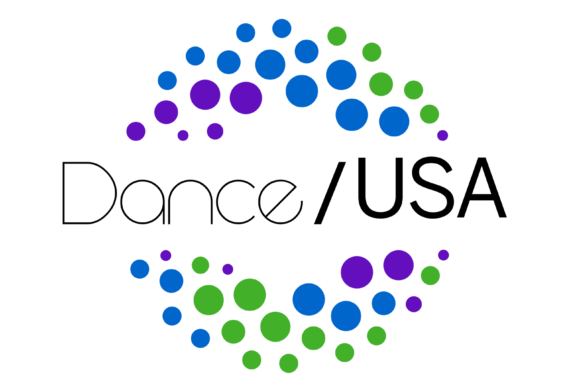Company Spotlight: Winifred Haun & Dancers
The first in a series on Dance/USA’s From the Green Room focusing on member dance companies and their model programs. This month we look at Chicago’s Winifred Haun & Dancers, a small company that has evolved to make long-term, larger projects reflecting the choreographer’s artistic curiosity.
When Tragedy Strikes in the Workplace
Guidelines for managers on how to deal with tragedy in a dance company setting.
Helping Employees React After a Tragic Event
What to tell company members and staff about the death of a colleague? Read these tips shared on how to break untimely and tragic news.
Articulating What Matters
Management expert Kathryn Martin wrote that, “Some of the most
transformational moments for an organization may come when it is in a
moment of transition; acutely aware of pressing issues and knowing it is
not in status quo mode.” While this statement ignited a conversation
about leveraging leadership transitions, it also posed a question about
the reverse scenario: How can an organization remain a priority in the
minds (and checkbooks) of donors even when it is in a normal,
non-crisis, status quo mode?
Upping the Ante on Writing About Dance
Good dance writing informs potential audiences
about interesting dance in their midst, helps acquaint presenters and
funders with artists’ output to frame artists’ work within a wider
cultural, artistic and socio-political context. With shrinking space for dance coverage at traditional media outlets, new forms are taking hold. Learn how a collaborative community-based effort to publish high-quality dance writing is taking hold in one city. Lisa Kraus, founder of thINKing Dance, reports.
Ten Steps To Enhancing Dance Writing in Your Community
Want to jump-start dance writing opportunities in your city or region? Check out these 10 tips from founder of thINKing Dance in Philadelphia.
Dance and Computer Gaming
Dancer, choreographer, and assistant professor of computer game design at George Mason University Boris Willis explores the relationship between game design and modern dance choreography. Learn about how the principles that make good choreography are the same as those that make good video games. A game of PacMan will never be the same.
Building Diversity in Ballet: Black Swans Are Still Too Rare
In America, with the exception of a few male dancers, our ballet companies remain unrelievedly white.
Search Engines:
Hiring a new artistic director can be a daunting task especially if your
organization has had little or no experience in doing so. Where to
begin? Who to involve in the hiring process? What steps to take? These
were some of the questions facing Pennsylvania Ballet, BalletMet
Columbus, and Ballet San Jose recently when they went through the lengthy
process of examining and defining company goals in order to lay the
groundwork for an artistic director’s search. Read on to learn more.



Generosity in the Land of Ballet
Stephen Manes spent a year at Pacific Northwest Ballet researching his 2011 book, Where Snowflakes Dance and Swear: Inside the Land of Ballet. He recently summarized one aspect of his findings in this holiday post, which we return to in this season of giving.